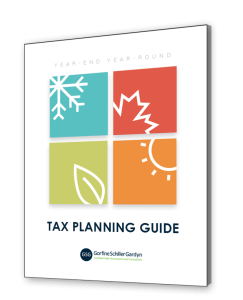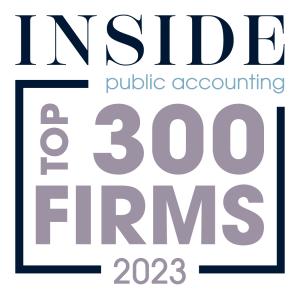One way to kill your business is to grow it too fast. Many profitable small businesses have expanded at the wrong time and at the wrong level of increased costs. The result is that they never again make a profit. How does this happen?
A given amount of building, equipment, employees, and the associated maintenance, insurance, and taxes will allow your business to operate at a certain maximum sales volume. If you want to grow, say double or triple your current sales, you will need more of all the above items. When you commit to that new larger building with more equipment and employees, you have increased your “breakeven point” (the level of sales you need at which you make your first dollar of profit).
Take this example. Assume that you are a local carpet store. You occupy a 4,000 square foot building. You have a fairly fixed amount of inventory, equipment, and employees. Let’s say you are doing $1 million in sales, your gross profit is $300,000, and your fixed costs (building, etc.) are $250,000 with a net profit of $50,000. Since you have an established local customer base, you are convinced that a shop three times this size would make you even more money. Here is what to look out for.
Let’s assume that your new 12,000 square foot building and associated higher expenses have raised your fixed costs to $650,000. If you double your sales to $2 million, your gross profit will be $600,000. That leaves you $50,000 in the hole for the year. You would need sales of $2.3 million to get back to the same net profit you had before you tripled your floor space.
Before you go down a permanent road of no return, play a few games of “what if.”





